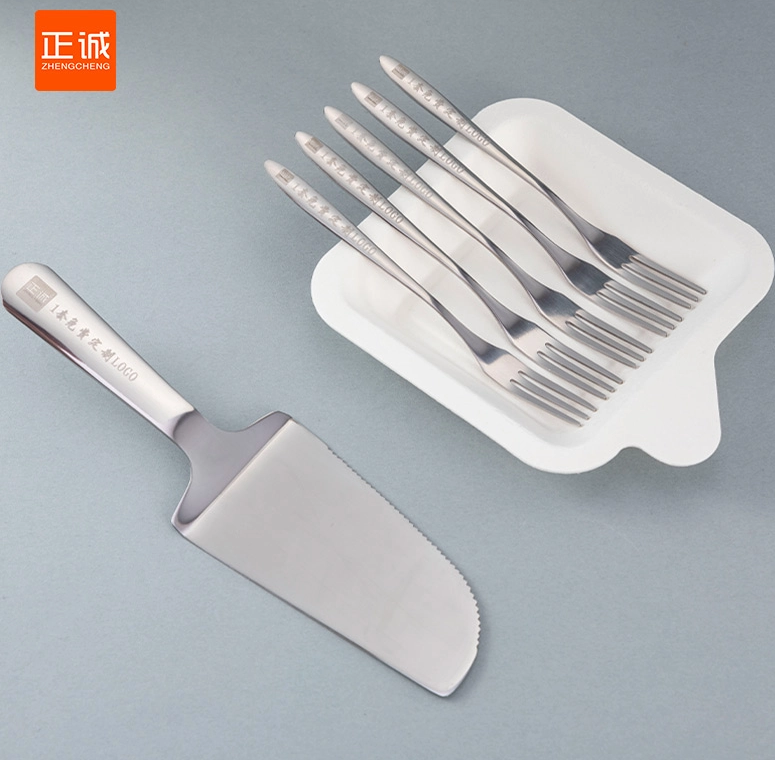When it comes to maintaining the freshness and nutritional value of fruits and vegetables, understanding the different storage methods is crucial. The right storage technique not only prolongs shelf life but also enhances flavor and preserves essential nutrients. In this comprehensive guide, we will explore the various types of storage for fruits and vegetables, delving into their advantages, disadvantages, and best practices.
- Refrigeration: The Cold Chain Advantage
Refrigeration is one of the most common methods for storing perishable fruits and vegetables. The cold environment slows down the metabolic processes of produce, thereby extending its shelf life.
Advantages:
- Extended Freshness: Most fruits and vegetables can last significantly longer when stored in a refrigerator.
- Nutrient Preservation: Cold storage helps retain vitamins and minerals that might degrade at higher temperatures.
Best Practices:
- Temperature Control: Maintain a temperature between 32°F and 40°F (0°C to 4°C) for optimal storage.
- Humidity Management: Use crisper drawers to maintain humidity levels, as some produce benefits from a moist environment (e.g., leafy greens), while others prefer drier conditions (e.g., apples).
- Room Temperature Storage: The Natural Way
Certain fruits and vegetables are best stored at room temperature. This method is particularly effective for produce that continues to ripen after harvest.
Advantages:
- Flavor Development: Some fruits, like bananas and avocados, develop better flavor when stored at room temperature.
- Convenience: Room temperature storage requires no special equipment, making it accessible for everyone.
Best Practices:
- Avoid Direct Sunlight: Store in a cool, dark place to prevent over-ripening and spoilage.
- Separate Ethylene Producers: Keep ethylene-producing fruits (like apples and bananas) away from sensitive vegetables (like broccoli and lettuce) to avoid premature spoilage.
- Controlled Atmosphere Storage: The Industrial Solution
Controlled atmosphere (CA) storage is a sophisticated method used primarily in commercial settings. This technique involves regulating the levels of oxygen, carbon dioxide, and humidity to slow down the ripening process.
Advantages:
- Prolonged Shelf Life: CA storage can extend the life of fruits and vegetables for months, making it ideal for long-distance transport.
- Quality Maintenance: This method helps maintain the texture, flavor, and nutritional quality of produce.
Best Practices:
- Monitoring Systems: Use advanced monitoring systems to ensure optimal gas concentrations and humidity levels.
- Regular Assessment: Conduct regular assessments to detect any spoilage or quality degradation.
- Freezing: The Long-Term Solution
Freezing is an effective method for preserving fruits and vegetables for extended periods. This technique halts enzymatic activity, preventing spoilage.
Advantages:
- Long Shelf Life: Frozen produce can last for several months to years without significant loss of quality.
- Nutrient Retention: When done correctly, freezing can preserve the nutritional value of fruits and vegetables.
Best Practices:
- Blanching: Blanch vegetables before freezing to deactivate enzymes that can affect color, flavor, and texture.
- Proper Packaging: Use airtight containers or vacuum-sealed bags to prevent freezer burn.
- Canning: The Traditional Method
Canning is a time-tested method that involves sealing fruits and vegetables in jars and heating them to kill bacteria and enzymes.
Advantages:
- Long Shelf Life: Properly canned goods can last for years without refrigeration.
- Versatility: Canning allows for a variety of recipes and flavor combinations.
Best Practices:
- Follow Safety Guidelines: Adhere to recommended canning procedures to prevent foodborne illnesses.
- Use Quality Produce: Start with fresh, high-quality fruits and vegetables for the best results.
- Dehydration: The Concentrated Approach
Dehydration removes moisture from fruits and vegetables, inhibiting the growth of spoilage-causing microorganisms.
Advantages:
- Lightweight and Compact: Dehydrated produce is easy to store and transport.
- Intensified Flavor: The drying process concentrates flavors, making them more robust.
Best Practices:
- Use a Dehydrator: For consistent results, use a food dehydrator rather than an oven.
- Store in Airtight Containers: Keep dehydrated fruits and vegetables in airtight containers to prevent moisture absorption.
Conclusion
Understanding the various storage methods for fruits and vegetables is essential for anyone looking to maximize the freshness and nutritional value of their produce. Whether you choose refrigeration, room temperature storage, controlled atmosphere storage, freezing, canning, or dehydration, each method has its unique advantages and best practices. By implementing these techniques, you can ensure that nature's bounty remains vibrant and nutritious for as long as possible.


